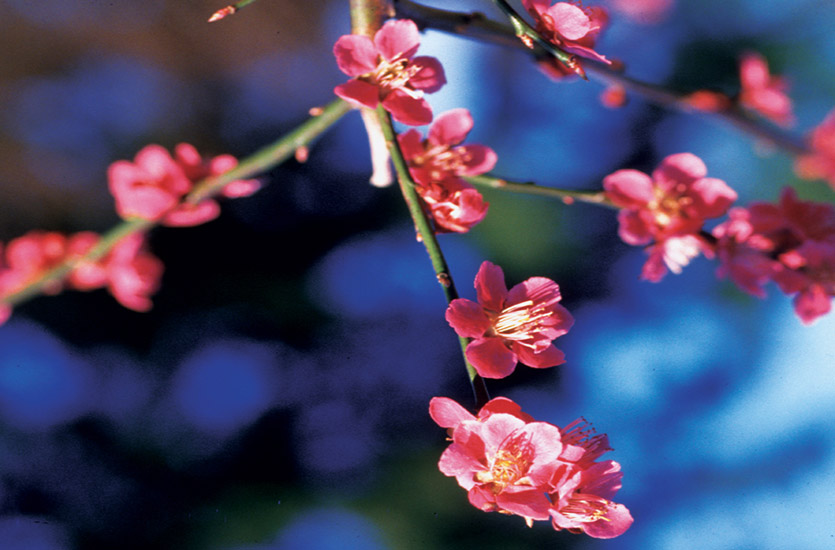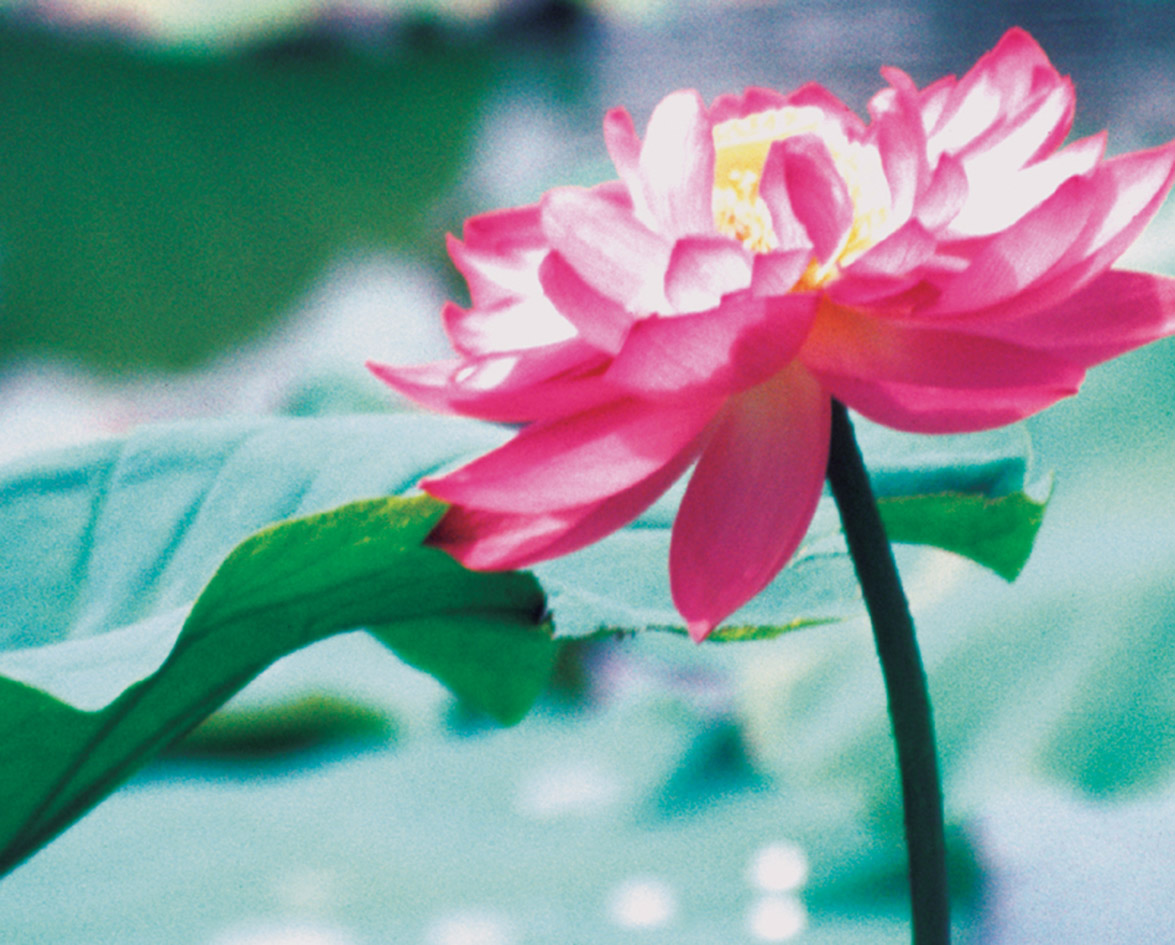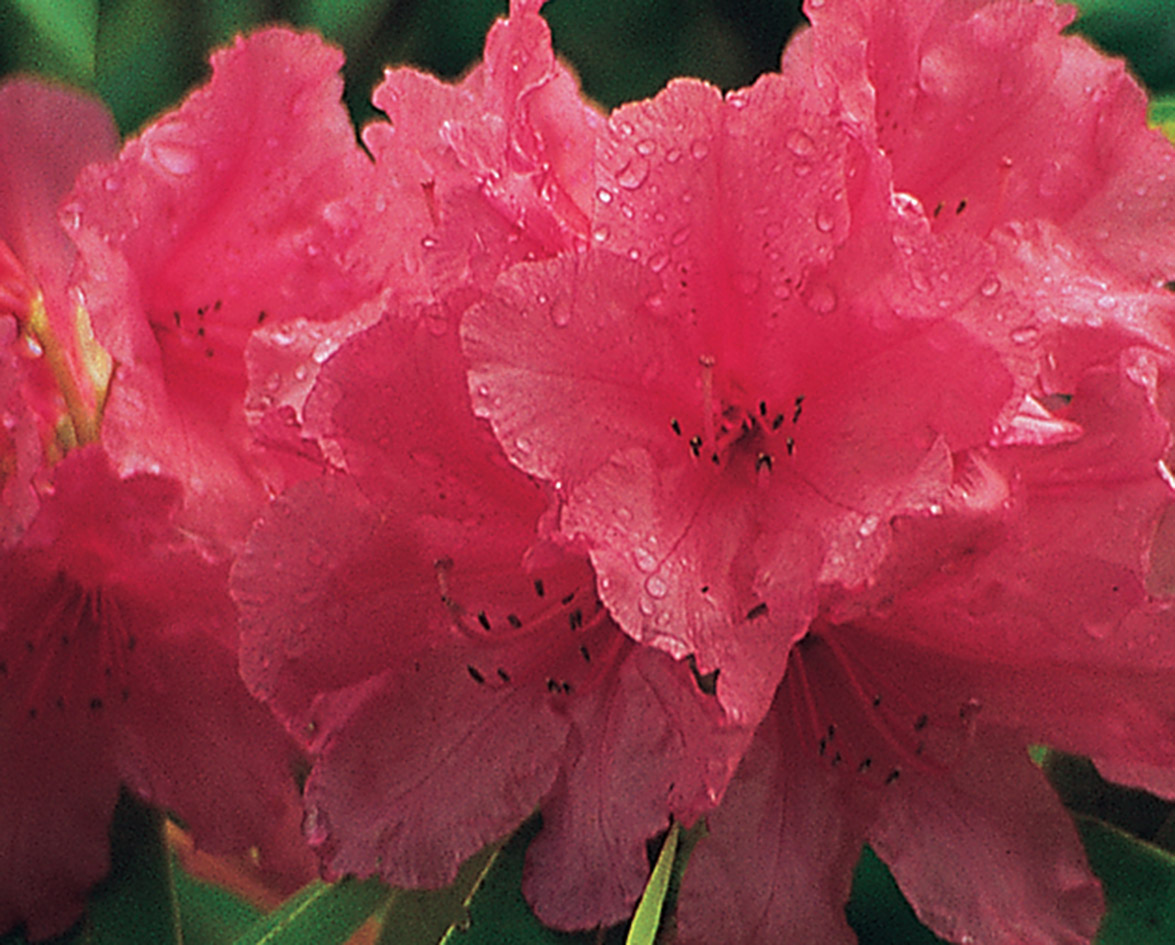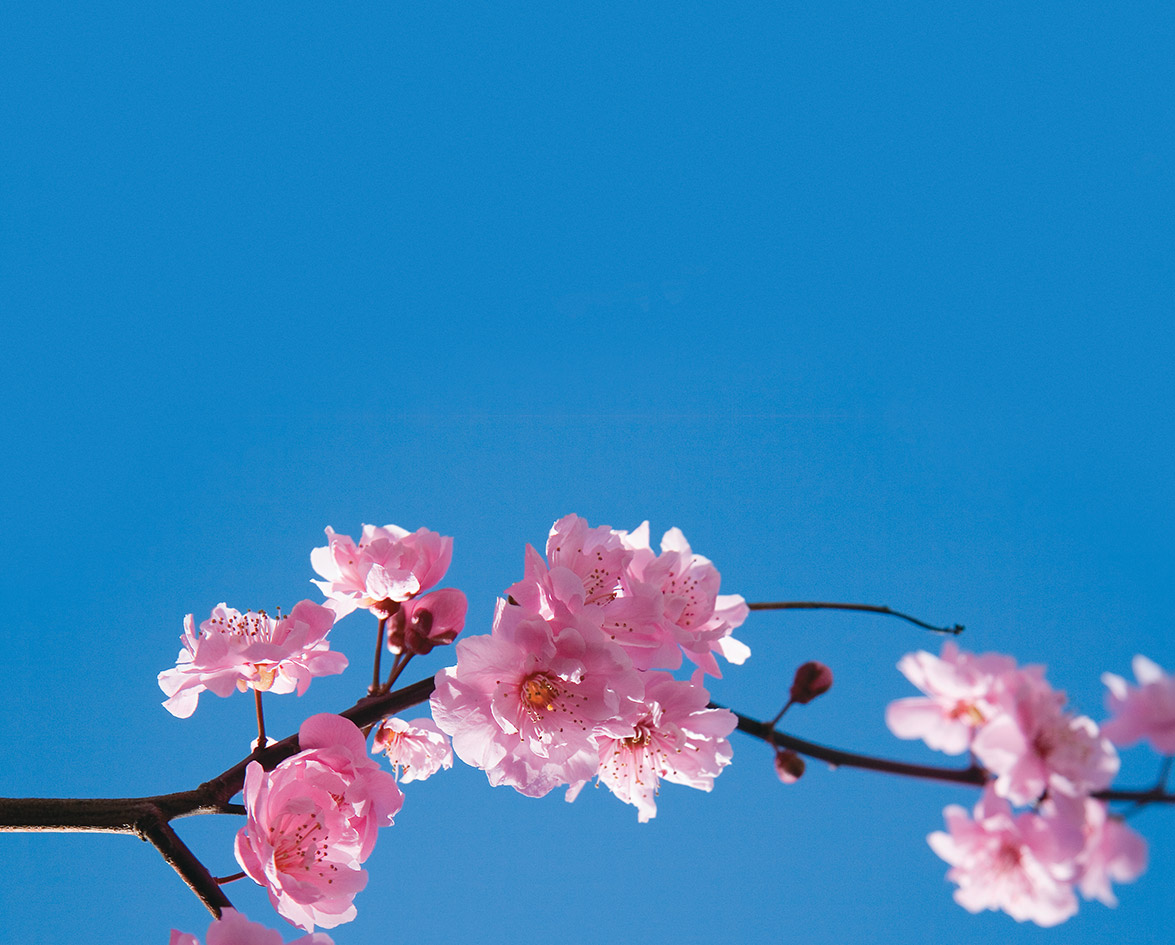Some flowers have cultural or religious significance in Asia—songs have been sung, poems have been written and festivals celebrated in their honour. They are closely related to important events or changes in season. These flowers often have symbolic meanings that are unknown to North Americans, but the traditions surrounding them are kept alive throughout Asia.
Cherry Blossom
Cherry blossoms are one of the most beloved flowers in Japan. They are so celebrated that news reports track their progress as they bloom in a wave from south to north—starting as early as January in Okinawa and finishing around May in Hokkaido. The Japanese celebrate the new spring under these lush blossoms with picnics, drinking and singing. Cherry blossoms are imprinted on everything from clothing to pottery, and from art to household items.

Cherry blossoms, known to the Japanese as sakura, are part of Japan’s history and folklore. The word sakura comes from the name Kono-Hana-Sakuya-Hime, which means tree-flowers-blooming-princess. This legendary princess supposedly dropped from heaven into a cherry tree.

Chrysanthemum
In many Asian countries, the chrysanthemum symbolizes longevity because of its long-lasting bloom. It is often present at funerals and memorials. The ancient Chinese word for chrysanthemum is chu, and the city of Chu-Hsien was named in its honour.
The chrysanthemum appeared in Japan around the eighth century. It was so revered that it became the Emperor’s crest and official seal. In Japan, the flower also symbolizes the sun—the symmetrical and orderly petals signify perfection. The Japanese celebrate the chrysanthemum each year with the Festival of Happiness.
Lotus Flower
The lotus flower represents truth, perfection and immortality. It is closely linked with religion and the Lotus Sutra, a famous Buddhist scripture. Rooted in muddy swamps, the lotus emerges fresh and clean above the water, unpolluted by mud. It is said to mirror the Buddha’s life because he was born into the darkness of humanity, but grew up to become pure and truthful.
The lotus flower’s petals unfold to reveal a fully developed seed pod. This symbolizes the cause and effect message contained in the Lotus Sutra. As the lotus flower opens and begins to die, the seed of new life is exposed—the cause and effect, or death and rebirth, occur simultaneously.











